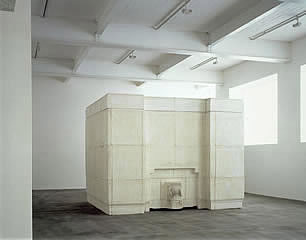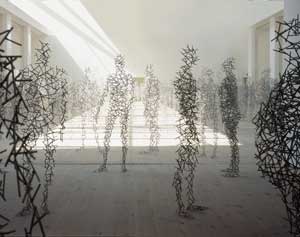A great site – I recommend this very rich essay by Susan Ressler – ‘It’s all about the apple – or is it ? HERE
My own reading of the Adam and Eve creation myth is that it is an allegory concerning a developmental stage in human development – the stage at which consciousness as we now understand it came about.
The linking of women with inferiority, uncleanness and the guilt for human corruptibility is the crime against women for which men have paid and are paying – as well as the terrible cost borne by women and children. My belief is that human maturity, and therefore justice and development, will come about proportionate to the balanced development of feminine and masculine spirits in men and women together. Equality for women is part of this and a step on the way.
I have written more about my reading of Adam and Eve HERE
In her introduction Ressler says;
“Spirituality” and “religion” are not synonymous terms, yet for many of us, our spirituality derives from what we call “organized religion”: a set of institutionalized beliefs and practices based on sacred texts such as the Bible or Koran, and imbued in the teachings of spiritual leaders such as Christ, Mohammed or Confucius. Moreover, one could say that Western culture (meaning that of Europe and the Americas) has inherited its cultural ethos from the Judeo-Christian religious tradition, which still has a pervasive influence on all aspects of Western society. Therefore, this essay begins with the “Apple” or, more precisely, how women artists of the American west have chosen to re-present the central creation myth of Western culture and the Judeo-Christian tradition: the story of Adam and Eve.
Notwithstanding the problematics of women artists and their gendered relationship to the position of Eve in this story, “From a woman sin had its beginning, and because of her we all die,” (Ecclesiasticus 25:24), there is no single viewpoint expressed by the women who reconfigure this iconography today. In Maxine Olson’s It’s All About the Apple (figure 1), Eve and a somewhat disgruntled-looking Virgin Mary appear to be mesmerized by a seductive Venus, flanked by gaping orchids and an Egyptian figure who appears as contented as a cat. Meanwhile, a young putti-like child has momentarily shifted his attention to Eve from the can of S&W apple-sauce he holds in his hand, reminding us that Eve is the central player in this modern parable.
Kathleen Campbell’s Eve, in Ominous Prophecy III (figure 3), depicts a different narrative. Campbell intends the gesture of this dark-skinned Eve, who holds the apple in her left hand while extending her right hand, to echo that of the snake from Michelangelo’s The Fall of Man. Campbell says, “Here I use the traditional spiritual iconography of Western Civilization as a metaphor for the bleak prospects which await humankind if we continue in a course seemingly headed for destruction.”
In “It’s All About the Apple, Or is it?,” Eve’s story becomes a departure point for exploring multiple perspectives on contemporary spirituality which include, but are not limited to, the Judeo-Christian tradition. The essay is wrapped around the artworks of nearly two-dozen women who come from a variety of traditions: Christian, Jewish, Native-American, Asian, Earth-based and Eco-Feminist, to name a few. As if to counter Kathleen Campbell’s dire prophecy, the essay concludes with artists who ply their spirituality with political activism. And the final artist in this essay, Karen Carson, whose Sandwich (figure 2) bespeaks yet another “take” on “Birth” and “Death,” shows us that, in a profound sense, we become what we consume, as we participate in these processes.
—–0—–
A great site HERE connected to another great site (go to bottom of page) connected to another great site ‘The Women in Photography Archive’ – and a whole lot more (but finding your way around is a bit of a problem)
—–0—–
All postings to this site relate to the central model in the PhD.
Summaries are HERE
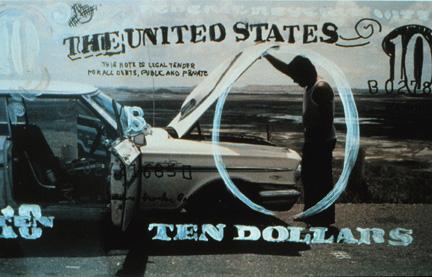 fig. 2: Stalled, Oil paint on photograph
fig. 2: Stalled, Oil paint on photograph


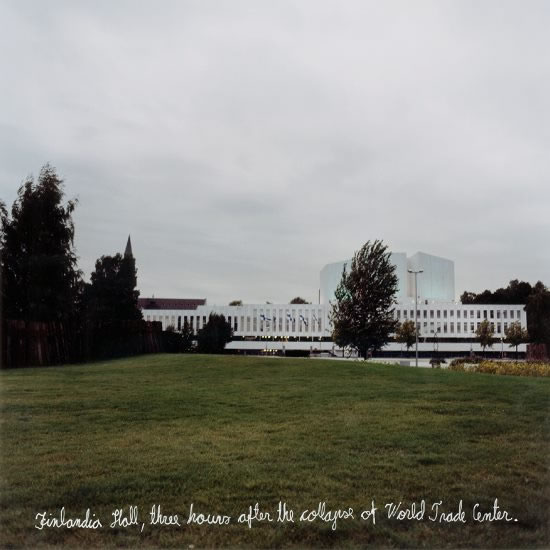
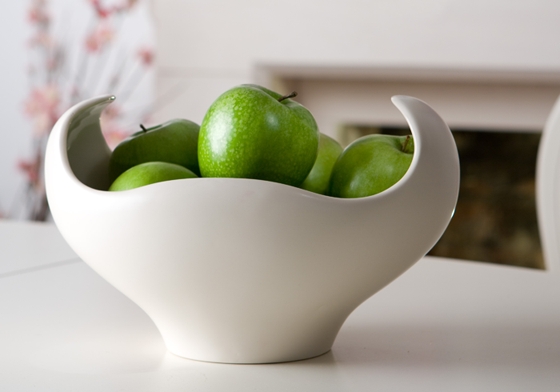 Zeisel’s Rockland Bowl
Zeisel’s Rockland Bowl